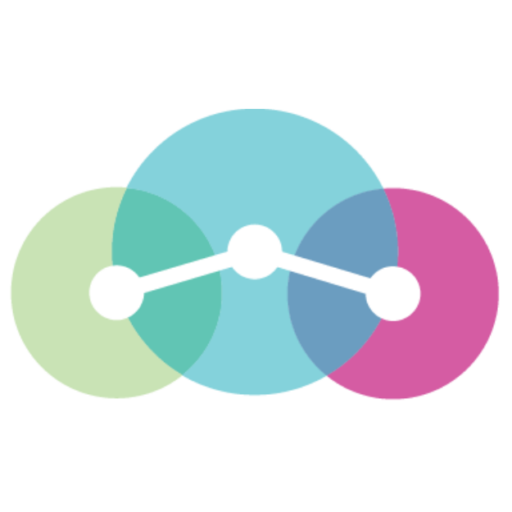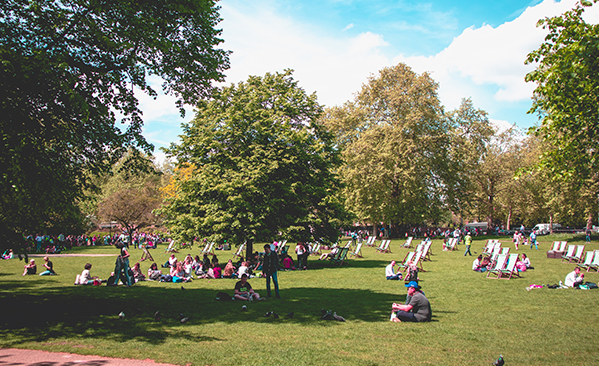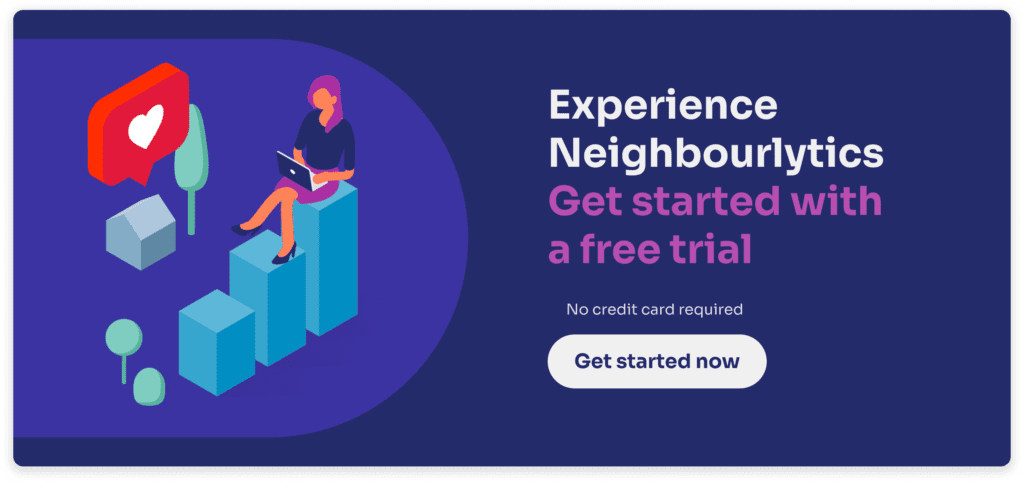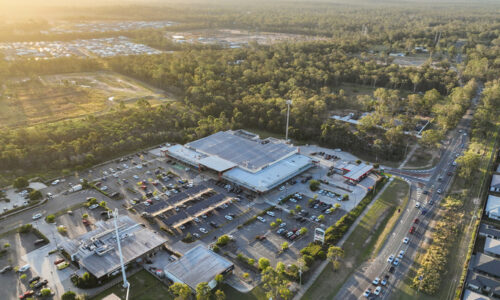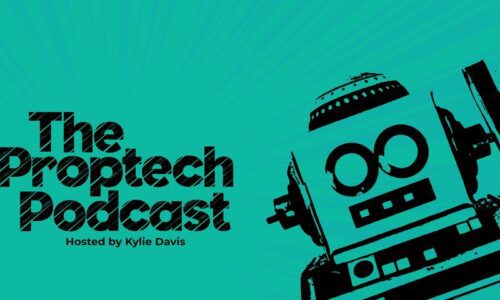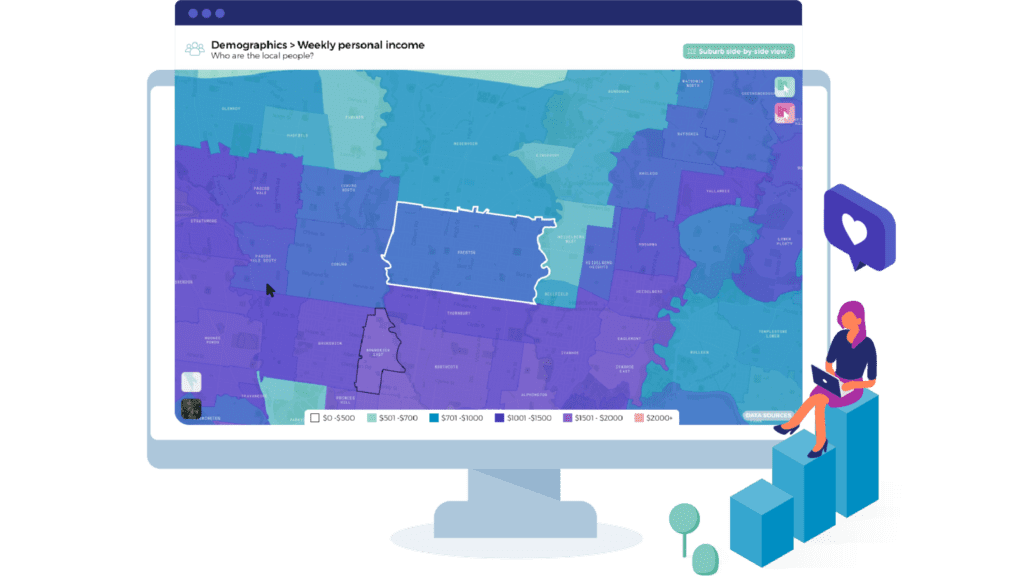It’s time to level-up your data game.
I hate to break it to you, but if you’re a planner, placemaker or developer – your data isn’t good enough. Not anymore.
The reality is that urban data has always been insufficient. It’s only now, in light of the global pandemic, that we’re seeing just how poor urban data has been all along.
The world is only beginning to comprehend the long-term implications of the swift, chaotic transformation caused by the global pandemic.
Businesses and governments have scrambled to provide effective, fast responses to these changes, but the ground continues to shift beneath our feet.
When it comes to dealing and keeping up with this new world we’re living in, traditional urban data doesn’t cut it.
Here’s why:
1. Your data is too old.
Data from years ago cannot possibly reveal what is happening within places now, and it can’t help predict a future that is more uncertain than ever.
The Covid-19 pandemic has shown how urban environments can change dramatically overnight. Across the world, governments mandated closures and movement restrictions across cities, often with only a few hours notice.
The impact on our behaviour and lifestyles was fast, and could not be measured with data that is out of date.
Your data must now be real-time.
It’s no longer good enough to use 5 year old census data, or wait weeks for opinion surveys to be undertaken. Old data cannot give meaningful insight into how to deal with current unpredictable situations, but real-time digital data can have far greater insight and impact for decision making.
Locals enjoying their local park; there was a significant increase in engagement with nature during the Covid-19 pandemic.
2. Your data measures the wrong things
City makers, developers and planners are tasked with building physical environments, which has created a preoccupation with measuring the physical aspects of our cities.
While physical data on retail yield or open space ratios are important, physical spaces didn’t change during 2020 – people’s behaviours and lifestyle aspirations did.
During the Covid-19 pandemic, we measured how much activity and engagement had increased in parks and nature across Australia’s largest capital cities – Sydney, Melbourne and Brisbane.
These physical spaces didn’t change – they remained the same size, had the same maturity of trees and number of car parks.
What changed significantly was how people used parks and public spaces.Personal trainers held exercise classes in parks, a surge in pet adoption saw people begin to utilise new walking trails, and friends held socially distanced picnics; these changes in behaviour impacted physical spaces, but behaviour cannot be measured or quantified in physical things like park benches.
Your data must now measure urban life.
Data sources can no longer rely purely on metrics about space and built environments – it must include the life, behaviours and experiences that are enabled within and through these spaces.

Preston Market in 2020, one week before Covid lockdown restrictions, and then one week later.
3. Your data is restricted by place and project
Urban data is often collected manually and limited to one place or project.
This means urban data is typically siloed and rarely consulted again for future projects or developments. Siloed data severely limits the ability of an organisation to maximise its return on investment. Expensive, limited and out of date – it doesn’t sound good, does it?
Not only that but slow, place-limited data makes it hard for decision-makers to take quick action and respond to crises.
As we continue to deal with rapid change, it is essential that we are able to look at outcomes and learnings from other parts of the city, country or even world. What does urban life now look like across the middle ring suburbs of Melbourne? And what can these insights tell us about our existing place management practices?
Your data must now be sharable and comparable. It’s not good enough to invest thousands of dollars in data collection if you only get to use the data once. Data should enable simple place comparison, to help city-makers look at world-best practice side-by-side with local places and precincts.

Melbourne experienced two lockdowns in 2020, which put significant strain on neighbourhoods with specialised precincts – such as arts and office dominated spaces. This caused problems for retail spaces reliant on neighbourhood-specific dominant industries and assets.
4. Your data insights are too generalised
Neighbourhoods that appear similar can be vastly different beneath the surface due to differences in human activity.
Urban data is often too generalised, only looking at broad aspects of places and people. This means decision-makers often miss out on nuanced insights and the knowledge they need to truly understand the context of a place or the characteristics of local urban life.
The loss of live entertainment in certain neighbourhoods of Melbourne had devastated other local businesses and industries. People weren’t able to go to the theatre or concerts, which meant that they were also not eating at local restaurants or visiting other attractions and assets they normally would frequent on a night out.
Your data must now include hyper-local insights. Generalised data cannot demonstrate the intricacies of places and urban life, limiting the effectiveness of crisis-recovery efforts or effective forward planning. Broad generalisations aren’t good enough when the nuanced context is available in on-demand digital data.Busy subway trains may become a fraction of what they once were, with flexible work arrangements becoming permanent for many businesses globally.
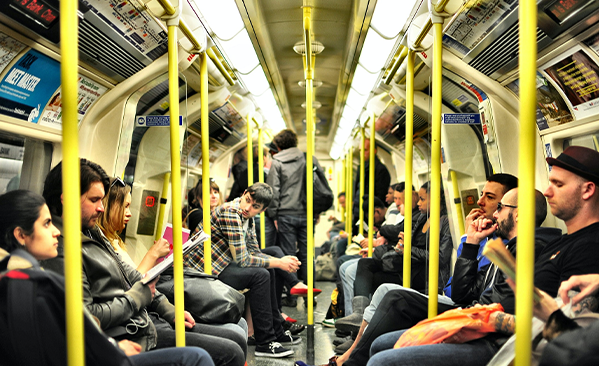
Busy subway trains may become a fraction of what they once were, with flexible work arrangements becoming permanent for many businesses globally.
5. Even your ‘human’ data isn’t good enough (it’s biased)
Existing options for urban data that capture the ‘human’ side of cities is skewed by bias.
Because citymakers usually lack other options, we often rely on soliciting feedback or input from citizens when seeking to understand their lives. Citizen input is an essential part of our democratic systems, but too often this information is classified as actual ‘data’ and used to make policy and capital works decisions that shape people’s lives.
This isn’t good enough anymore.
Early on in Australia’s lockdown, office workers expressed a desire to go back to work in city CBDs, hoping to distance themselves from their lockdown environments and homeschooling- to return to a sense of “normalcy.” But as Covid-life continued, our lifestyles shifted, and gradually a new behavioural pattern has emerged, one where our CBDs play a very different role.
If we relied on opinion inputs to understand this change, we may be distracted by the sentimental views longing for things to get “back to normal.” Instead, it’s important to examine the current day-to-day urban life emerging in our neighbourhoods.
Your data must now account for real human-behaviour. To truly understand a place, we must see what is really there and what is actually happening. Opinions cannot compete when it comes to measuring and quantifying real urban life in neighbourhoods.
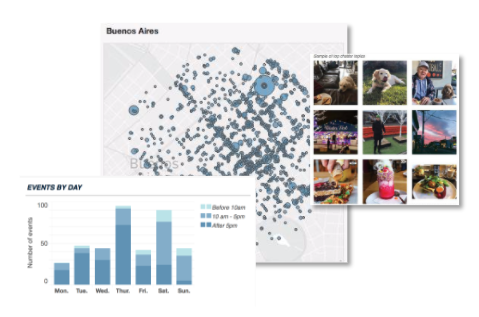
Humans leave digital footprints every single day about where we go, what we love, and what we’re engaging with. It’s this rich digital data that can reveal so much about urban life in our neighbourhoods.
Solving the data problem
It’s now time to challenge the status quo and long-held placemaking assumptions. To create more resilient, healthy communities, we must not only act faster but smarter.
Traditional urban data still has a place in this new world, provided you’re aware of the problems and limitations that come along with these metrics. But instead of relying solely on old data and tools, now is the time to integrate them with new data sources and insights – because the world, our places, and our neighbourhoods cannot wait.
The Neighbourlytics platform was born out of the frustration experienced with the limited insights traditional urban data provided on urban life. As urban planners, Neighbourlytics’ founders were tired of working with data that only gave half the picture.
The Neighbourlytics platform has spent years providing developers, consultancies, city and placemakers with rich digital data and hyper-local insights about people and places.
Digital data has helped places recover from crises, and supported businesses to more effectively plan their investments for the future.
Digital data is here to stay – so let’s use it.
Lorem ipsum dolor sit amet, consectetur adipiscing elit. Ut elit tellus, luctus nec ullamcorper mattis, pulvinar dapibus leo.
